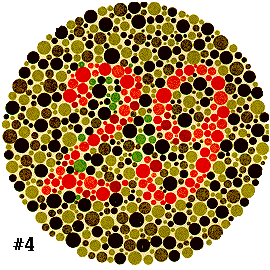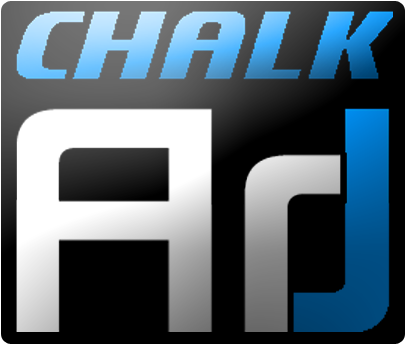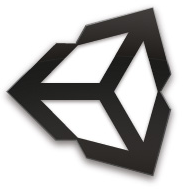Sundararajan Sarangan
Some of the (I'd like to believe) cool projects that I've worked on while at Georgia Tech:
This was a class project for the Introduction to Human Computer Interaction Course. We initially performed formative evaluations through personal interviews and online surveys. After we identified the prime problem areas, we picked a niche area and brainstormed to identify possible solutions. We then created a wizard-of-oz android-based mobile prototype and had it evaluated through a cognitive walkthrough and a heuristic evaluation involving 4 evaluators.
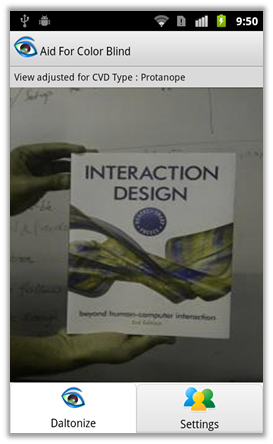
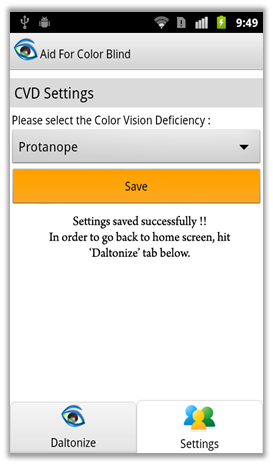
This is an application that allows users to post and view augmented reality content using any iOS device with the Argon Augmented Reality Browser installed. When one person posts a message at a location, others who pass by the same location will be able to see the same message on their devices as well. We believe these kinds of applications will find takers in the future as augmented reality comes to stay, what with google glasses and the like coming out. This application was demonstrated at the 2012 Convergence Innovation Competition. Right now it is a simple text-only system, but I hope to work on it further in the future and allow authoring pictures and video as well.
We first put together a quick software prototype with the basic game mechanics. We were then able to drive the design behind such game-play aspects such as zombie-density, car (which later became a hover craft) speed and control sensitivity by play testing with three people with moderate to high gaming experience.
An interesting finding from our play testing sessions was that most players seem to want to compare any racing game with Need For Speed. They felt most comfortable with game play mechanics similar to NFS!
You can try this game out here.
